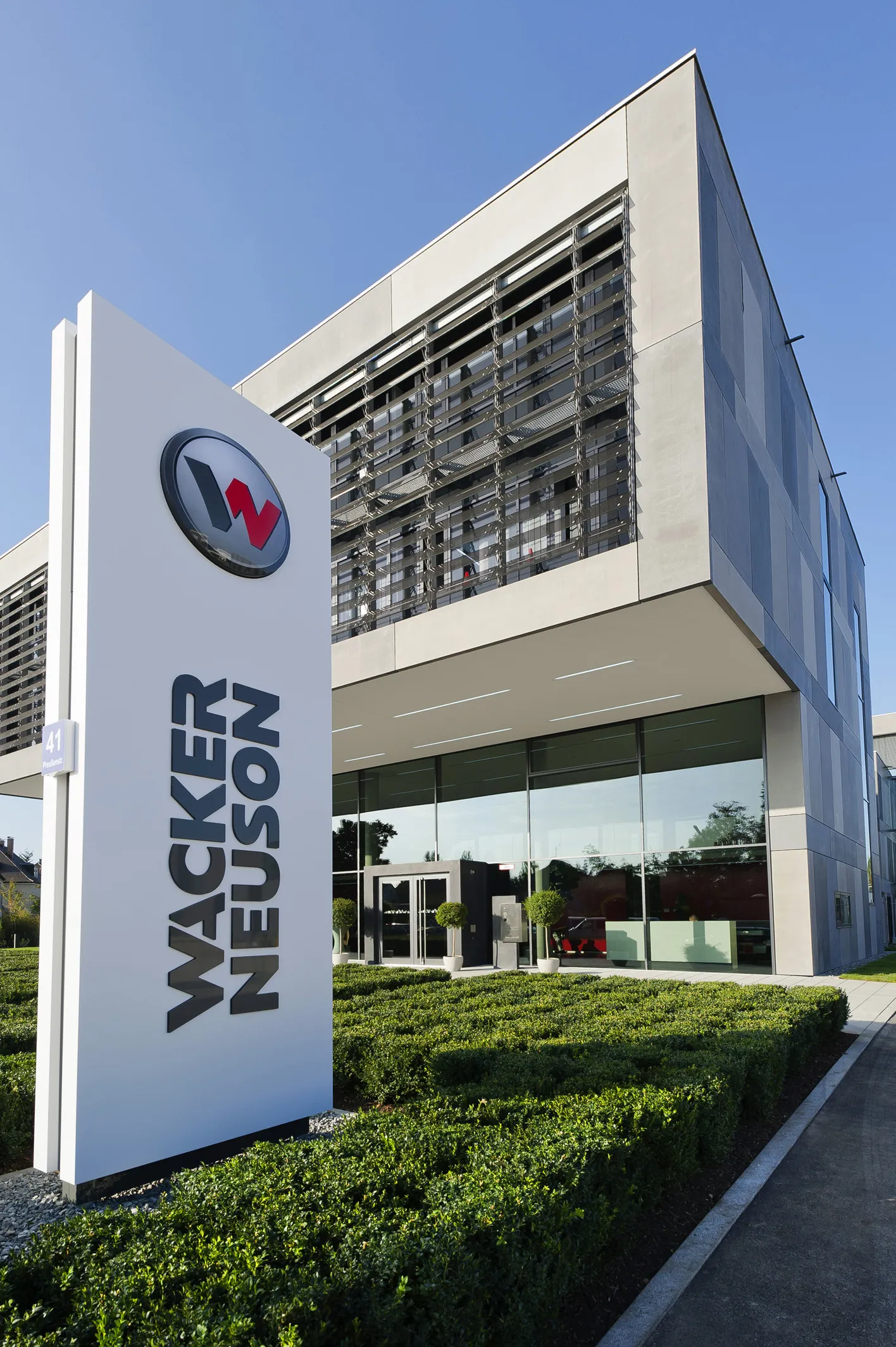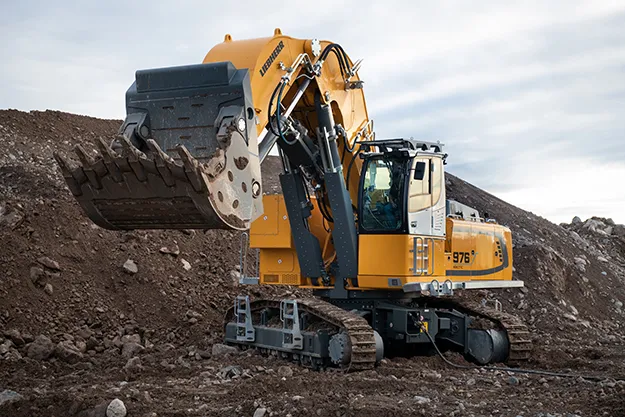
Wacker Neuson Group remains on its growth track for the first half of 2023. The firm saw group revenue increase 27.4% in first half of the year to €1.3659 billion.
The firm saw its EBIT more than double to €176.7 million and EBIT margin rising to 12.9%. The full-year forecast has already been raised with the publication of these preliminary figures for the first half of the year.
The company says that the increase in profitability over 2022 is attributable to the adjustment of selling prices to reflect increases in the cost of materials. However, some bottlenecks for components and the resulting need for rework on machines continue to impact productivity at the plants.
"We continued to develop positively in the second quarter despite the ongoing tense environment. This underlines the fact that we are increasingly succeeding in coping with the numerous challenges we face," explained Dr Karl Tragl, CEO of the Wacker Neuson Group. "Against the backdrop of this positive development, we raised our full-year guidance in mid-July. Nevertheless, we remain cautious for the second half of the year in order to be able to respond to a potential economic slowdown at any time."
Continued strong demand, particularly in the core markets of Europe and North America, contributed to the significant revenue growth in the first half of the year. In the Europe (EMEA) region, revenue grew by 23.9% to €1.0235 million, compared with €826.3 million for the same period in 2022. In addition to the home market of Germany, revenue growth was also driven by the large European construction machinery market of France. In addition, many Eastern European and Northern European countries also recorded double-digit growth rates. After a weaker development in Southern Europe last year, there was a noticeable increase in demand here in the first half of 2023. By contrast, the market in the UK, which was still characterised by double-digit growth rates in 2022, showed restrained development. On the product side, demand remained high, particularly for wheel loaders and telehandlers.
The positive trend also continued in the Americas region. Revenue in the region grew by 48.3% to €300.7 million, compared with €202.8 million for the same period in 2022. Demand in the North American market continued to develop very positively across all sales channels. End customer demand for new equipment and rental machines was high, both among Wacker Neuson's authorised dealers as well as independent dealers and key accounts. As part of its diversification of sales, Wacker Neuson attracted additional dealers in North America in the first half of 2023. In addition to the US, the Canadian and Mexican markets also recorded growth.
Revenue in the Asia-Pacific region declined slightly in the first half of the year, falling by 3.9% to €41.7 million. In detail, the development in the region in the first half of 2023 was clearly ambivalent. As in previous quarters, the Australian market showed clear double-digit growth rates. The company's strategy of expanding the dealer network and adapting the product portfolio to local needs continues to be successful. However, other markets in the region as well as China and Southeast Asia declined in the first half of 2023. The Group is increasingly selling machines produced at the Chinese plant in less regulated export markets such as Africa and South America, which is why the facility continues to prove advantageous at Group level.
Supply chain problems continue to cause issues although the situation has eased compared to 2022. However, occasional delays in the delivery of production-relevant parts remain a challenge. In absolute terms, net working capital amounted to €883.6 million, an increase of 31.1% compared to the previous year.
The Wacker Neuson Group started the first half of the year with robust order intake in all reporting regions, which weakened towards the end of the period under review. The order backlog remains at a high level. The biggest challenge in the second half of the year is the global macroeconomic situation. A large proportion of market participants and the majority of economic forecasts are predicting an economic slowdown or even recession in the second half of the year.








